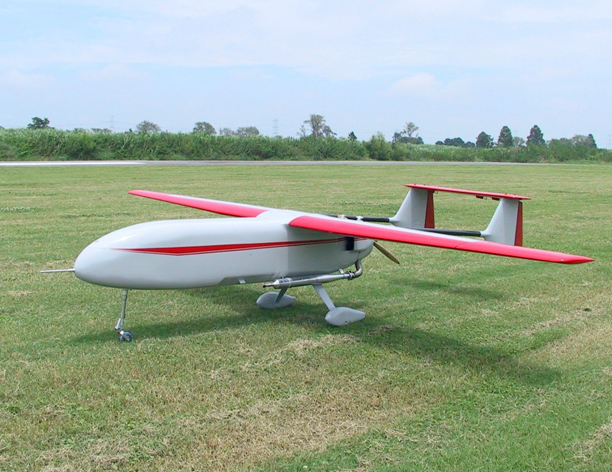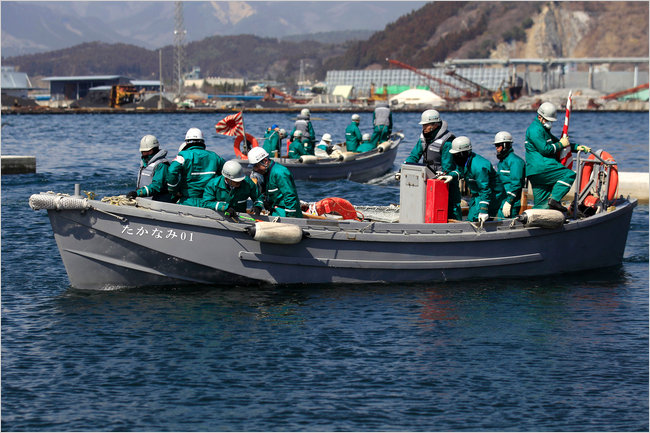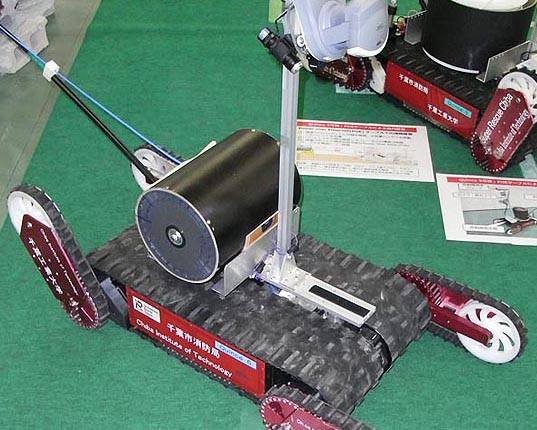Asher Kelman
OPF Owner/Editor-in-Chief
Some basic ideas on radiation measurements and the consequences of whole body exposur
Doug,
In simpler terms, we know what radiation will do based on absorbed dose. That was traditionally expressed as ergs of energy deposited in tissue subjected to radiation. The basic unit used until the new international units of the Gray was accepted, has been the rad or Radiation Absorbed Dose. The singular and plural are the same. 1 rad = 100 ergs of energy absorbed per gm of tissue. With the accepted use of the Gray, the practical unit, the centiGray, of cGy corresponds to 1 rad. We know that a limited portion of body can receive 70-600 cGy as a single dose and this can be repeated for therapeutic purposes to kill a tumor. When the 200 cGy are given to a limited volume, excluding the eyes and intestine, to a maximum of 4600 cGy, the body is able to repopulate normal tissues from cells that were in reserve while tumor cells, more limited in repair capability, cannot and so die off or get induced to a programmed cell death or suicide pathway. When all this happens under the best circumstances, the body heals and dead tissue is removed. For further attack on cancer cells, careful radiation planning reduces the attack target volume, reaches this through carefully marked fiduciary guides and with experience to avoid acute and longterm complications, one might reach final small accurately shaped volumes ( 2-20 cc of tumor) to final doses of 8000 cGy for a tiny brain tumor to 6600-7400 for a chest tumor or head and neck cancer. In therapeutic exposure, we know exactly the level of penetration ability of the rays we use. Physics planning is very sophisticated, taking into account the different rates of energy deposition each specific form of radiation beam used. Low energy may be absorbed almost totally in the skin or the bone. High energy will actually mostly skip the first tissue it encounters and be deposited at deeper levels.
Mild redness on the skin may hide severe doses at depth in the intestine for subjects exposed in radiation accidents to high energy, >1 Mev gamma rays, for example from Cesium 137.
If a large part of the intestine or bone marrow or brain is given a higher dose, then the consequences can be very severe to fatal. Thus, for example, at 400-500 cGY whole body, 50% of folk will die.
In radiation protection, we may not know exactly what each individuals exposure was. But we should know what the risks are before they go into an area. For this the exposure rate is determined, looking at the various kinds of energy in the area at sufficient positions to characterize a worker's likely risk. Here the sievert is used. I sievert = 1 Gray.
Caveats: Each radionuclide found in the zone of a radiation disaster has it's own specific spectra of energy levels and so can penetrate only so much tissue depending on that. Strontium 90 dust, while it would burn the skin and lungs is not likely to reach more than superficial parts of the body from the skin surface. Particle size is important for inhaled dust to be kept in the airways. Metal containing dusts collect on the skin, in the skin folds and by shirt collars and the belt areas. It can be sufficient to cause extreme "sunburn" and subsequently many many skin cancers to survivors decades later. Radiation dust in the belt line can be sufficient to cause overdose to a localized segment of bowel and this may require emergency surgery. we don't really fully understand the long term effects on organs such as the kidney. for example, can radiation exposure increase the chances of diabetes? Can radiation around the collar, albeit of radionuclides with low energy, reach the spine and predispose to cervical spinal fusion?
We only know clearly about limited targets such as cesium replacing potassium or radioiodine targeting the thyroid gland. There's much more we have no idea about especially to rare outcomes or effects in racial groups.
Asher
Doug,
In simpler terms, we know what radiation will do based on absorbed dose. That was traditionally expressed as ergs of energy deposited in tissue subjected to radiation. The basic unit used until the new international units of the Gray was accepted, has been the rad or Radiation Absorbed Dose. The singular and plural are the same. 1 rad = 100 ergs of energy absorbed per gm of tissue. With the accepted use of the Gray, the practical unit, the centiGray, of cGy corresponds to 1 rad. We know that a limited portion of body can receive 70-600 cGy as a single dose and this can be repeated for therapeutic purposes to kill a tumor. When the 200 cGy are given to a limited volume, excluding the eyes and intestine, to a maximum of 4600 cGy, the body is able to repopulate normal tissues from cells that were in reserve while tumor cells, more limited in repair capability, cannot and so die off or get induced to a programmed cell death or suicide pathway. When all this happens under the best circumstances, the body heals and dead tissue is removed. For further attack on cancer cells, careful radiation planning reduces the attack target volume, reaches this through carefully marked fiduciary guides and with experience to avoid acute and longterm complications, one might reach final small accurately shaped volumes ( 2-20 cc of tumor) to final doses of 8000 cGy for a tiny brain tumor to 6600-7400 for a chest tumor or head and neck cancer. In therapeutic exposure, we know exactly the level of penetration ability of the rays we use. Physics planning is very sophisticated, taking into account the different rates of energy deposition each specific form of radiation beam used. Low energy may be absorbed almost totally in the skin or the bone. High energy will actually mostly skip the first tissue it encounters and be deposited at deeper levels.
Mild redness on the skin may hide severe doses at depth in the intestine for subjects exposed in radiation accidents to high energy, >1 Mev gamma rays, for example from Cesium 137.
If a large part of the intestine or bone marrow or brain is given a higher dose, then the consequences can be very severe to fatal. Thus, for example, at 400-500 cGY whole body, 50% of folk will die.
In radiation protection, we may not know exactly what each individuals exposure was. But we should know what the risks are before they go into an area. For this the exposure rate is determined, looking at the various kinds of energy in the area at sufficient positions to characterize a worker's likely risk. Here the sievert is used. I sievert = 1 Gray.
Single Dose Whole body Exposure in a period of up to approx one day
- 100 cSv would give deposit 100 cGy of a radiation absorbed dose of 100 (x100 ergs)/gm tissue and cause obvious but small blood changes.
- 200 cSv results in nausea, vomiting, diarrhea, hair loss and hemorrhages
- 500 cSv will kill 50% of humans exposed
- 700 cSv may kill 99% of folk and above that no therapies are likely to save them
We only know clearly about limited targets such as cesium replacing potassium or radioiodine targeting the thyroid gland. There's much more we have no idea about especially to rare outcomes or effects in racial groups.
Asher









